
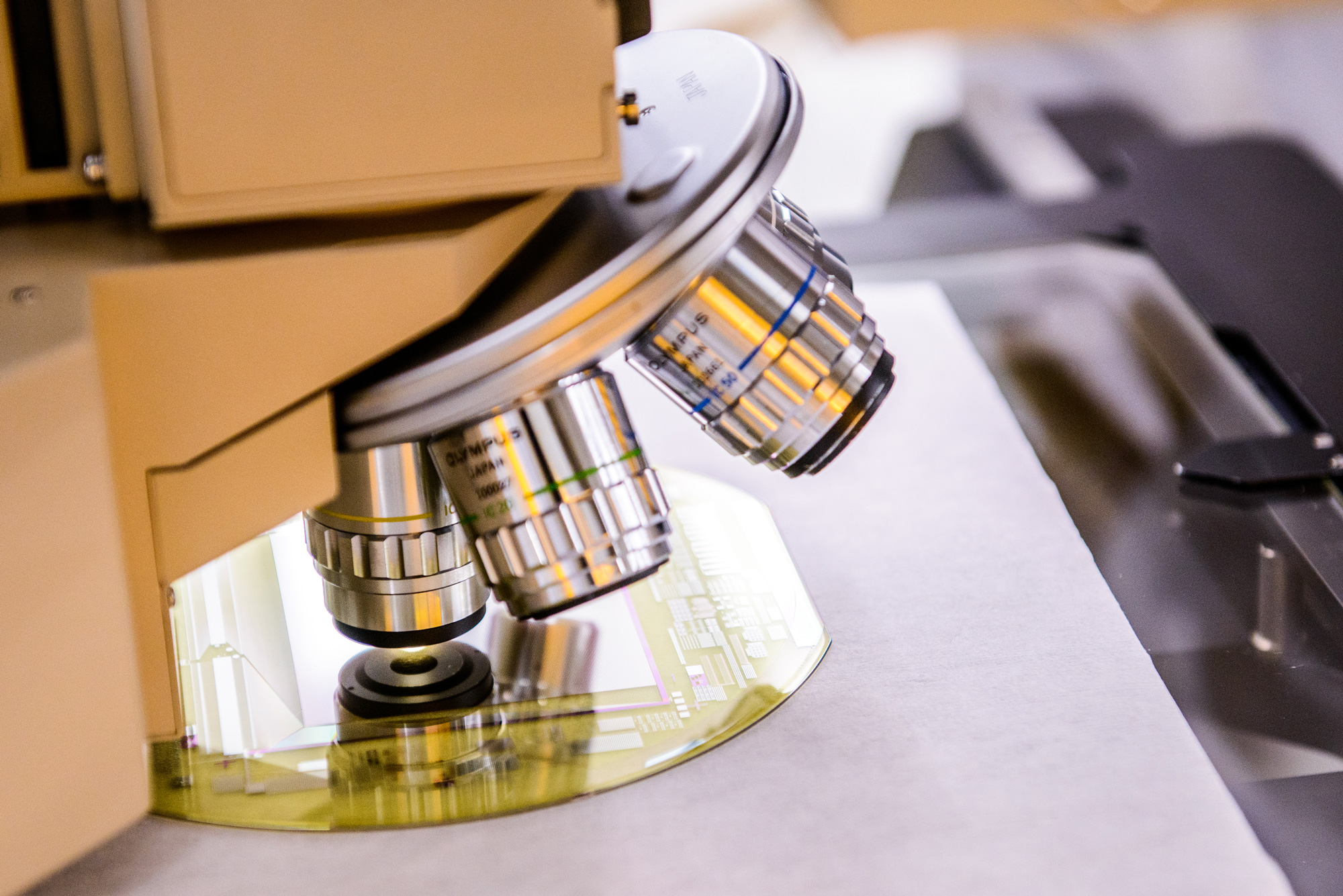
Welcome to the ASU Core Facilities Newsletter. We are ready to support all your research goals. Please follow our LinkedIn page for additional resources and community information.
Core of the Month: Regenerative Medicine Core
Located in the Interdisciplinary Science and Technology Building I, the Regenerative Medicine Core facility offers Cell Culture, Histology, Flow Cytometry and Advanced Light Microscopy services to ASU researchers and the surrounding scientific community.
Regenerative Medicine Core Facility introduces the Leica automated histology suite
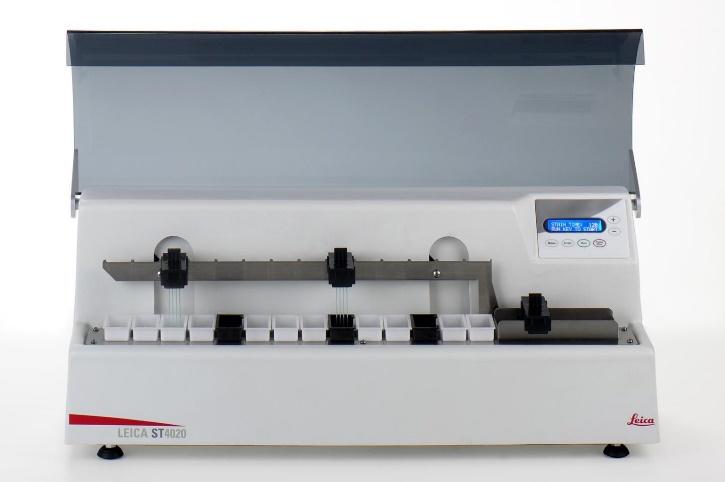
The Leica histology suite will expand our current sample processing capacity, provide improved consistency and higher throughput by adding an automated tissue processor and stainer. Full histology services and technical assistance are available. The full histology suite will be ready Summer 2023.
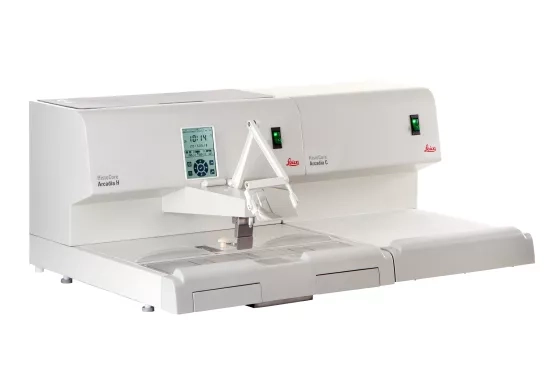
Regenerative Medicine Core Facility combines multiple Cores under its umbrella
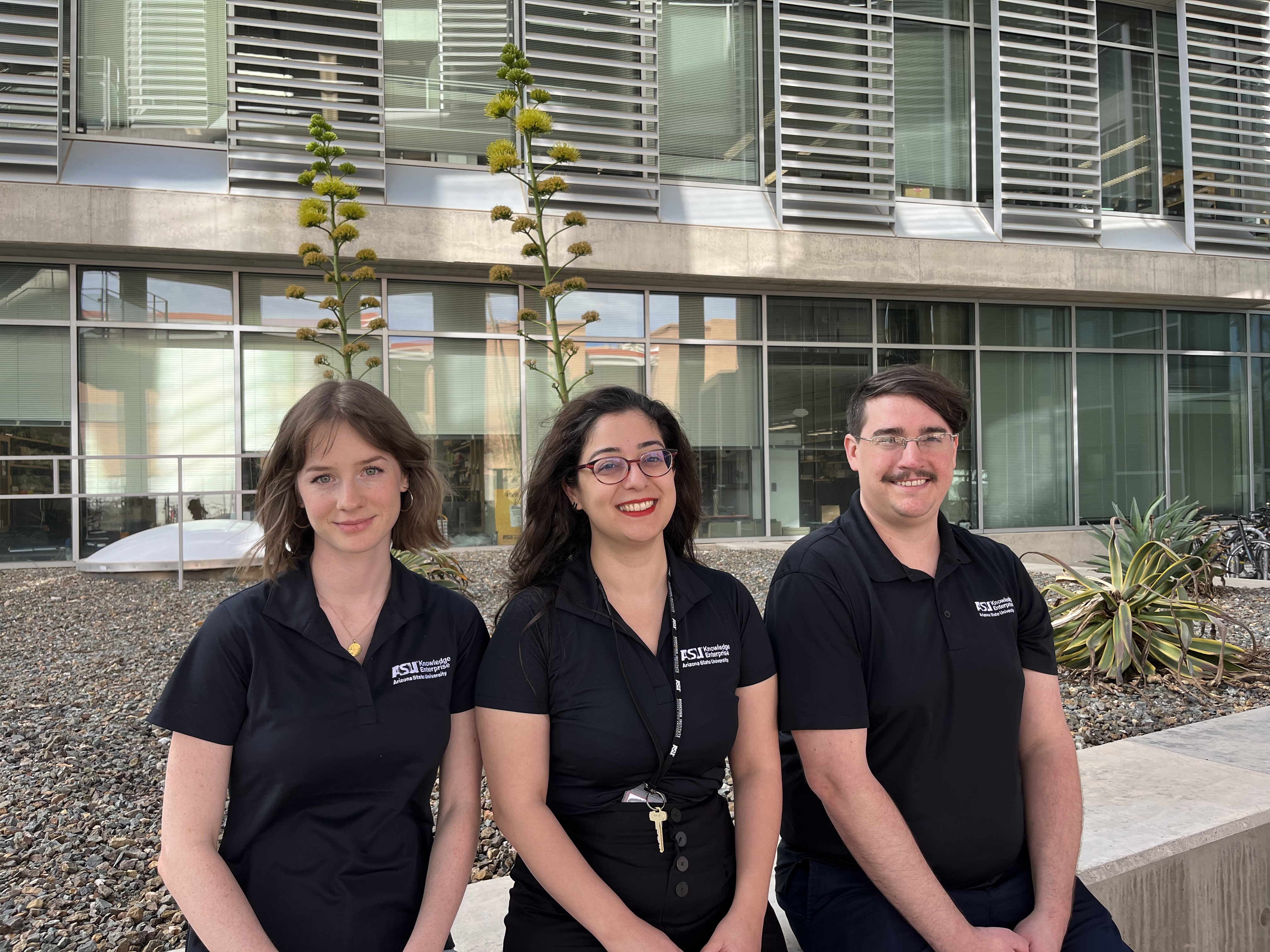
Looking for a reliable and expert core facility for your research needs? Look no further than our state-of-the-art facility! Our staff scientists have a wide range of skills and training in fields such as animal handling, cell biology, microbiology, molecular biology, imaging, genetics and more. See how our expert team and world-class facilities can support your tissue and stem cell culture-based research goals.
Connect with us to learn more.
Publications
Significance of Secondary Fe-Oxide and Fe-Sulfide Minerals in Upper Peak Ring Suevite from the Chicxulub Impact Structure
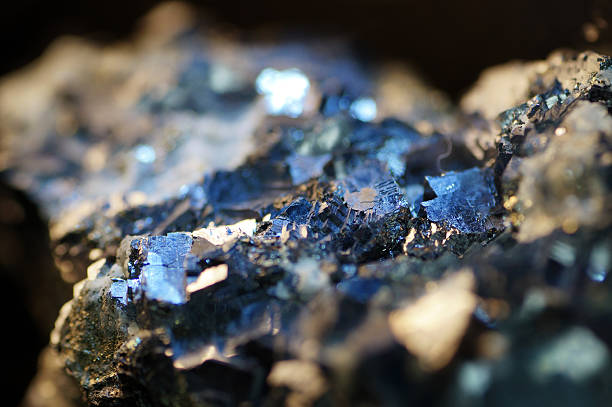
ASU's Eyring Materials Center along with a team of researchers investigated the nature and occurrence of primary and secondary Fe-oxide and Fe-sulfide minerals to better understand hydrothermal trends such as mineral precipitation and dissolution, and to document the remobilization of Fe and associated siderophile elements within suevites.
Regenerative Medicine Core Fun Fact
Scientists Use 3-D Printer to Speed Human Embryonic Stem Cell Research
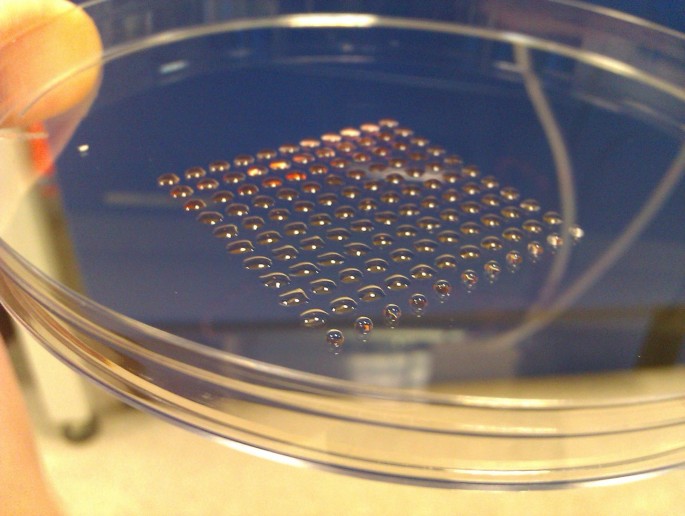
A team of scientists is reporting a breakthrough in 3-D printing using human embryonic stem cells that could purportedly lead to life-like bioengineered tissue and, eventually, artificial organs tailor-made for specific patients. Learn more of this breakthrough through the link in the title and image.

